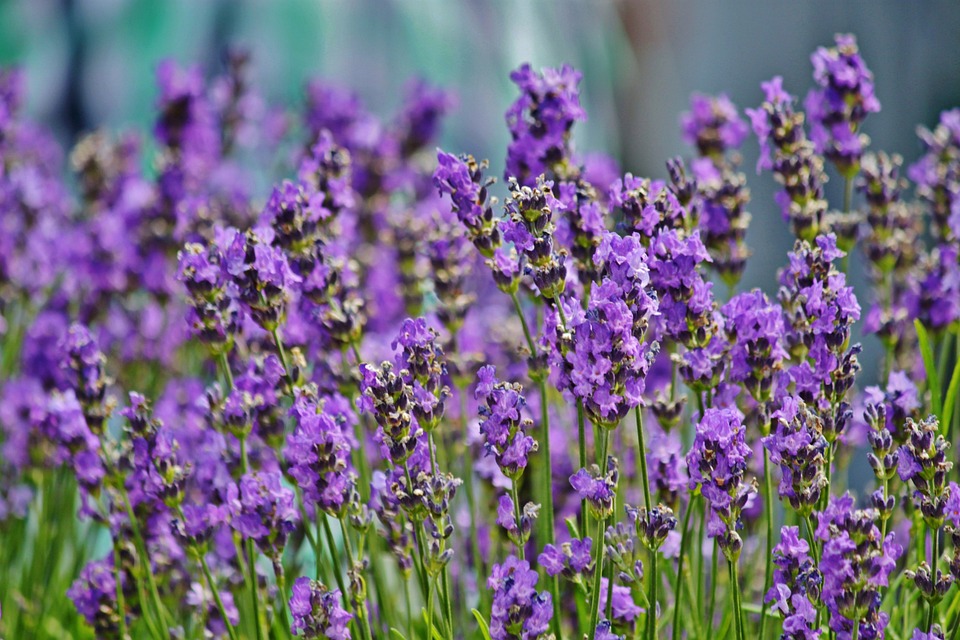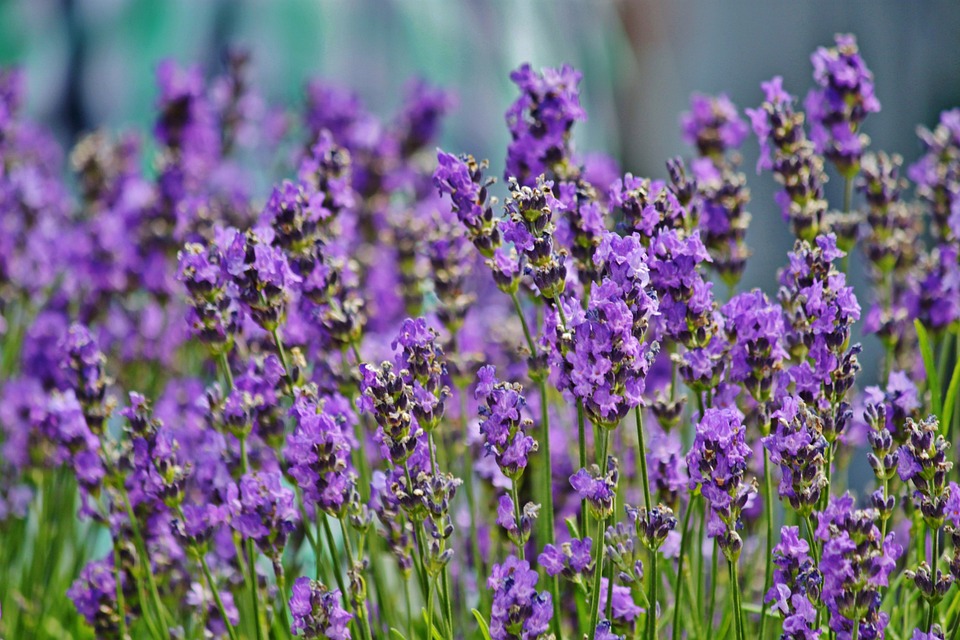In the heart of the Indonesian archipelago lies an animal so formidable and awe-inspiring that it has captured the imaginations of scientists, adventurers, and locals for generations.
The Komodo dragon (Varanus komodoensis) is not only the largest living lizard but also a guardian of its ecosystem.
This ancient predator, with its remarkable adaptations and critical role in the environment, stands as a symbol of natural heritage and conservation.
In this article, we delve into the world of Komodo dragons, exploring their biology, ecological significance, threats they face, and ongoing conservation efforts.
I. Introduction: The Legend of the Komodo Dragon

The Komodo dragon, also known as the Komodo monitor, is native to a few Indonesian islands, including Komodo, Rinca, Flores, Gili Motang, and Padar.
These reptiles, reaching lengths of up to 10 feet and weights of around 150 pounds, are living relics of a time when giant reptiles roamed the Earth.
Their presence has woven itself into local folklore, science, and global fascination.
II. Evolutionary Marvels: The Origins and Adaptations of Komodo Dragons
A. Ancestral Roots
Komodo dragons belong to the Varanidae family, which includes various species of monitor lizards.
The evolutionary journey of these creatures dates back millions of years, making them some of the most ancient and primitive reptiles still in existence.
Fossil records suggest that their ancestors were part of a lineage that existed alongside dinosaurs, highlighting their incredible longevity.
B. Adaptations to Island Life
Insular gigantism, a phenomenon where species grow larger on islands due to the absence of predators and competition, has significantly influenced the development of Komodo dragons.
This adaptation has endowed them with several survival advantages, such as increased predatory capabilities and dominance within their habitat.
III. Physical Characteristics: Anatomy of a Guardian

A. Size and Strength
Komodo dragons are renowned for their size and muscular build.
Their powerful limbs and claws enable them to take down large prey, while their thick, armored skin offers protection.
Their long tails are used for balance and as a weapon against threats.
B. Sensory Prowess
These lizards possess keen sensory abilities.
Their forked tongues function much like those of snakes, allowing them to detect chemical cues in the air and locate prey from several kilometers away.
Their sharp eyesight can spot movement up to 300 meters away, and their acute sense of smell further aids in tracking down food.
IV. Behavior and Ecology: The Role of an Apex Predator

A. Hunting Techniques
Komodo dragons are solitary hunters, employing a combination of stealth, speed, and power.
They are known for their ambush tactics, often lying in wait for hours before striking with remarkable speed.
Their venomous bite, coupled with sharp, serrated teeth, ensures that their prey is quickly immobilized.
The venom contains anticoagulants that prevent blood clotting, causing the victim to weaken and succumb to blood loss.
B. Diet and Feeding Habits
Komodo dragons are carnivorous and highly opportunistic.
They primarily feed on large prey such as deer, pigs, and water buffalo, but will also scavenge carcasses.
Their powerful jaws and expandable throats allow them to consume large chunks of meat, and they can ingest up to 80% of their body weight in a single meal.
After a big feast, they can go without food for weeks, making the most of every hunting opportunity.
V. Ecological Impact: Keystone Species of the Indonesian Isles
A. Balancing Prey Populations
As apex predators, Komodo dragons play a crucial role in maintaining the balance of their ecosystem.
By controlling the populations of herbivores like deer and wild boar, they prevent overgrazing and ensure that vegetation remains intact.
This, in turn, supports the overall health and diversity of the ecosystem.
B. Scavengers and Recyclers
In addition to hunting live prey, Komodo dragons act as nature’s recyclers by scavenging on carcasses.
This behavior helps to keep the environment clean and reduces the spread of disease.
Their efficient digestion ensures that little is wasted, and their droppings provide nutrients that enrich the soil.
VI. Conservation Challenges: Threats to the Guardians
A. Habitat Loss
One of the most significant threats to Komodo dragons is habitat loss due to human activities such as deforestation, agricultural expansion, and urban development.
As their natural habitats shrink, the dragons are forced into smaller, fragmented areas, which can lead to decreased genetic diversity and increased vulnerability.
B. Climate Change
Climate change poses a significant threat to Komodo dragons, affecting their habitat and food sources.
Rising temperatures and altered weather patterns can disrupt the delicate balance of their ecosystem, leading to a decline in prey availability and suitable habitat.
C. Human-Wildlife Conflict
As human populations grow and encroach on dragon territories, conflicts between Komodo dragons and humans become more frequent.
Livestock predation and occasional attacks on humans have led to negative perceptions and retaliatory killings.
VII. Conservation Efforts: Protecting the Guardians
A. Komodo National Park
Established in 1980, Komodo National Park encompasses several islands, providing a sanctuary for Komodo dragons and other wildlife.
The park’s designation as a UNESCO World Heritage Site underscores its global importance and has helped attract funding and resources for conservation efforts.
B. Anti-Poaching Measures
Strict anti-poaching regulations and enforcement have been implemented to protect Komodo dragons from illegal hunting.
Park rangers and local authorities work tirelessly to monitor and safeguard these reptiles, ensuring their survival.
C. Community Involvement and Education
Engaging local communities is crucial for the long-term success of conservation efforts.
Education programs that raise awareness about the importance of Komodo dragons and promote sustainable practices are essential.
By involving local residents in conservation initiatives, a sense of stewardship and pride is fostered, encouraging coexistence.
VIII. Scientific Research: Unlocking the Mysteries
A. Behavioral Studies
Ongoing research into the behavior of Komodo dragons provides valuable insights into their hunting strategies, social interactions, and reproductive habits.
Understanding these aspects is vital for developing effective conservation strategies.
B. Genetic Research
Genetic studies help scientists understand the diversity within Komodo dragon populations and identify any potential inbreeding issues.
This information is crucial for maintaining the genetic health of the species and informing breeding programs.
C. Ecological Impact Assessments
Assessing the ecological impact of Komodo dragons involves studying their interactions with other species and their role in the ecosystem.
These assessments help highlight the importance of preserving their natural habitats and the broader implications of their conservation.
IX. The Future of Komodo Dragons: Ensuring Their Survival
A. Adaptive Management
Adaptive management approaches that consider the dynamic nature of ecosystems and the changing climate are essential for the long-term conservation of Komodo dragons.
By continuously monitoring and adjusting strategies, conservationists can respond to emerging threats and challenges.
B. International Collaboration
Global cooperation is vital for the conservation of Komodo dragons.
International partnerships can provide funding, technical expertise, and support for research and conservation initiatives.
Collaborative efforts also help raise global awareness and foster a united approach to protecting these ancient guardians.
C. Ecotourism and Sustainable Practices
Promoting ecotourism in a manner that benefits both local communities and conservation efforts can be a powerful tool.
Well-managed tourism generates revenue that can be reinvested in conservation, while also providing economic incentives for local residents to protect Komodo dragons and their habitat.
X. Conclusion: Guardians of the Future
Komodo dragons, with their formidable presence and critical ecological role, are more than just ancient predators; they are guardians of the Indonesian isles.
Their survival is intertwined with the health of their ecosystem and the well-being of local communities.
By understanding their biology, behavior, and the challenges they face, we can develop and implement effective conservation strategies.
Protecting Komodo dragons is not just about preserving a single species but about maintaining the intricate web of life that supports countless other organisms.
As we continue to learn from and about these incredible creatures, we are reminded of the delicate balance of nature and our responsibility to safeguard it for future generations.
In essence, Komodo dragons are emblematic of the natural wonders of our world and the enduring power of nature.
Their continued presence on the Indonesian isles serves as a testament to the resilience of life and the importance of concerted conservation efforts.
By ensuring their survival, we uphold the legacy of these ancient guardians and the vibrant ecosystems they help sustain.






